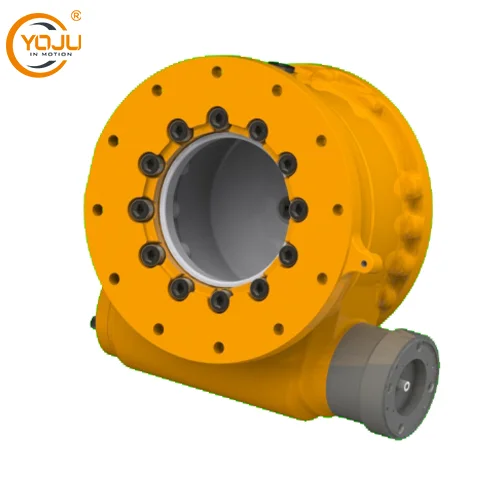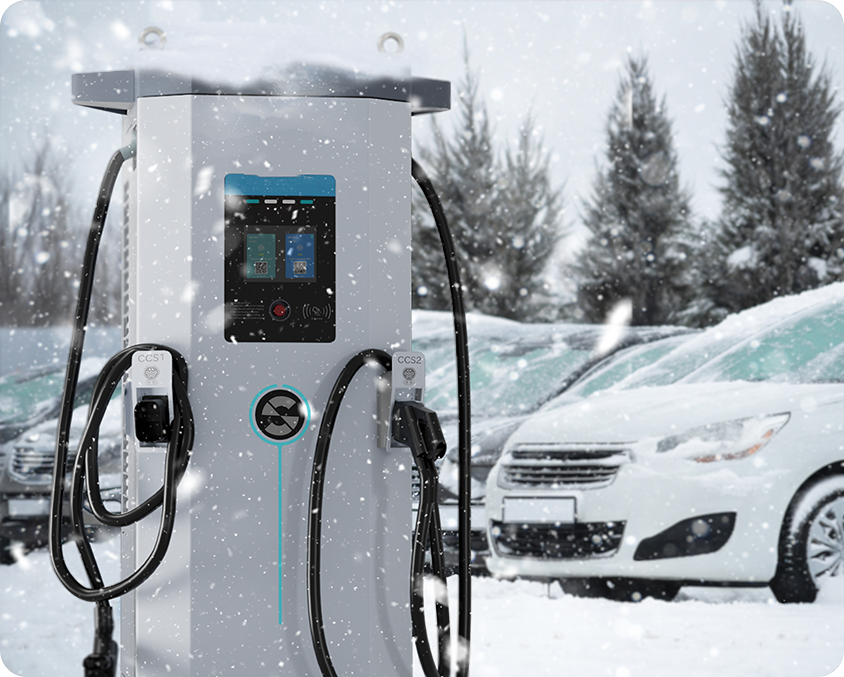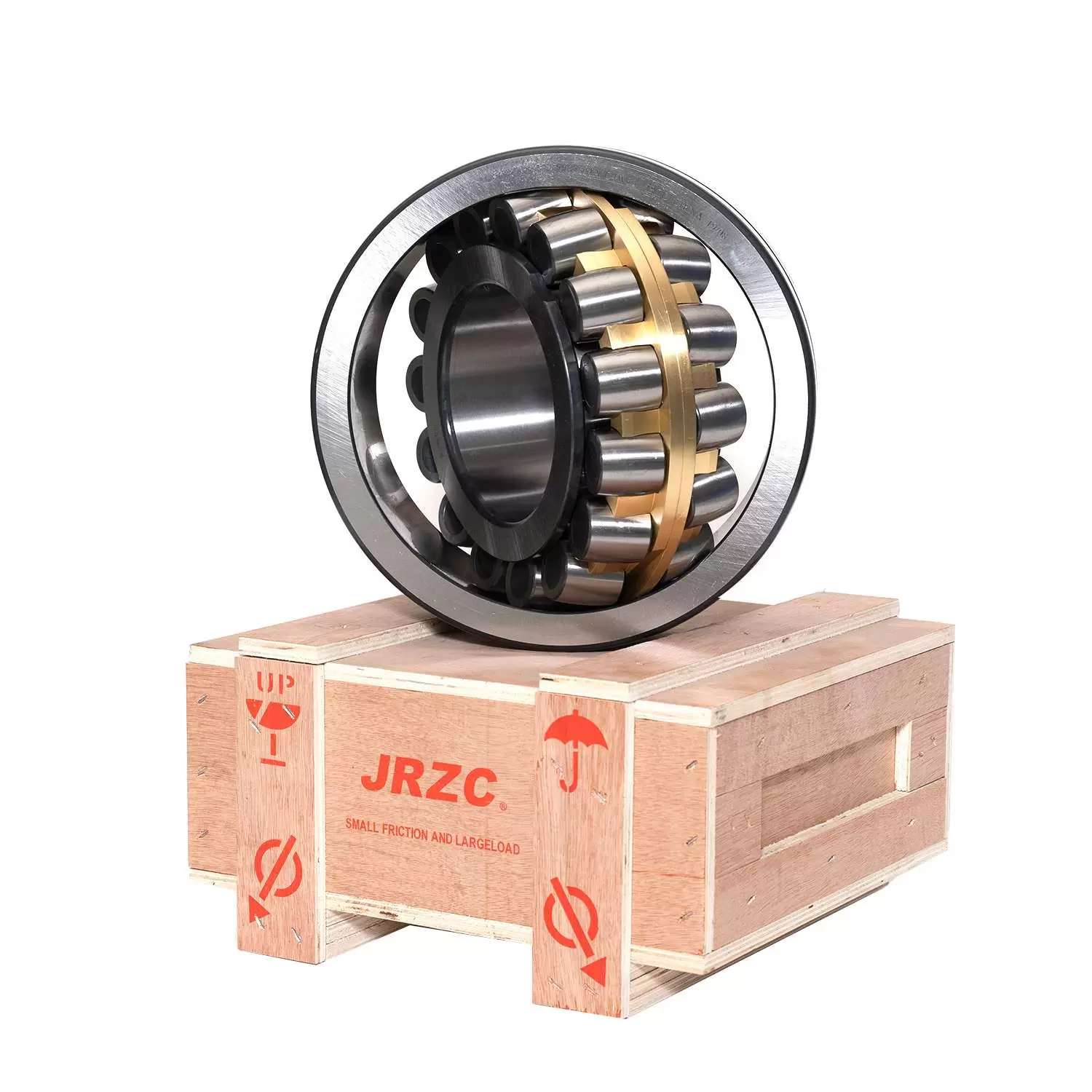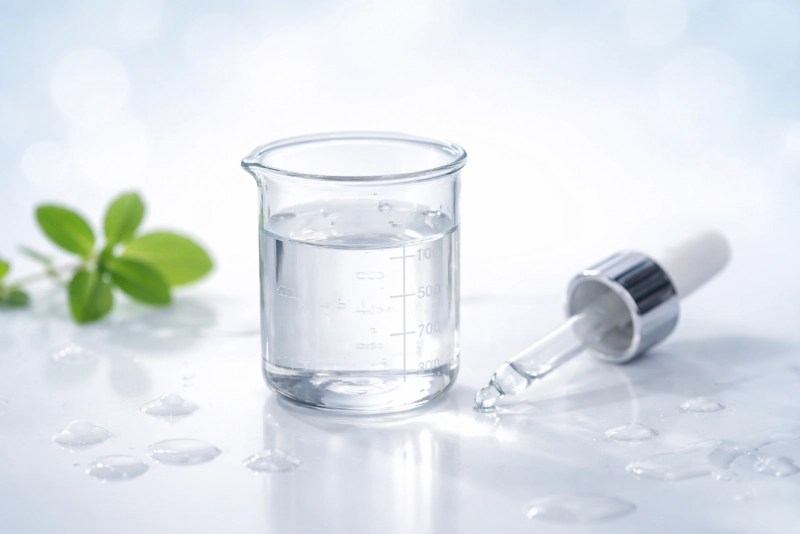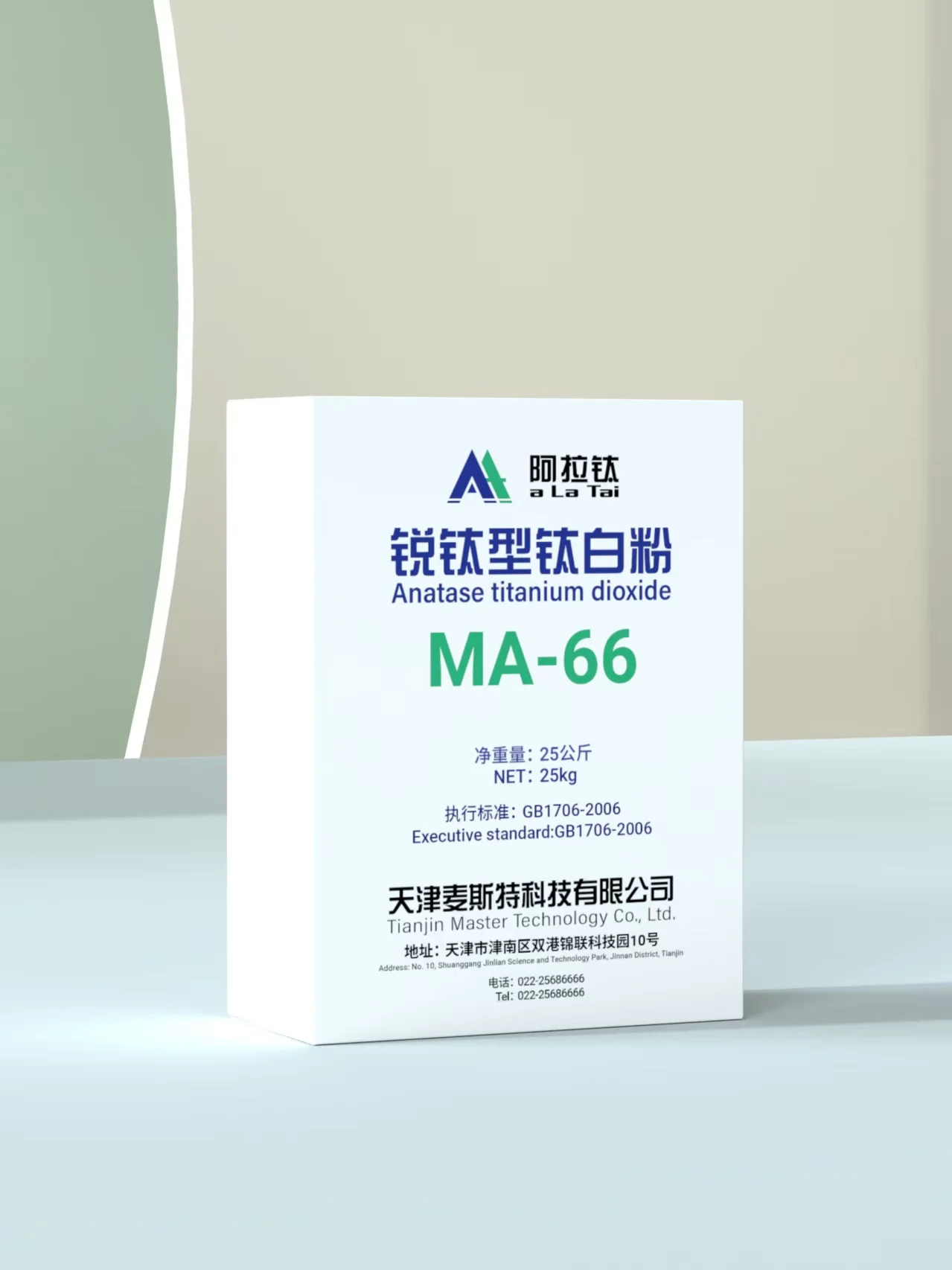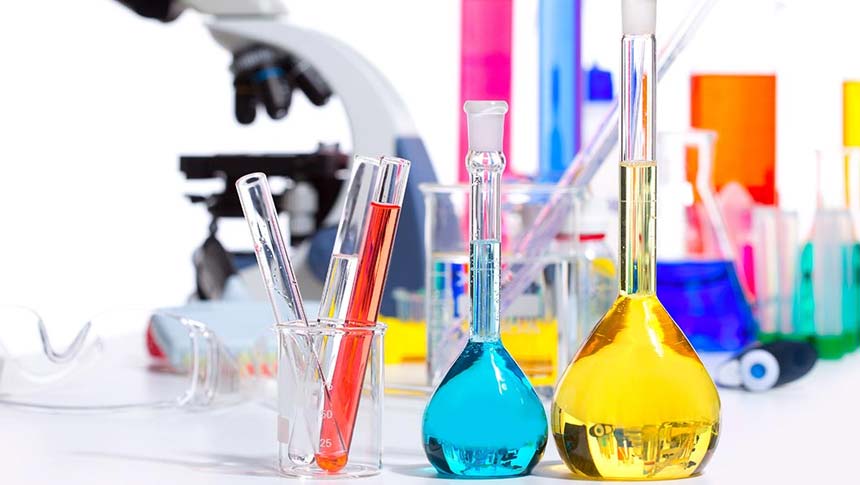
As a researcher or scientist, you know how important it is to have reliable and accurate lab equipment. Whether you are working with delicate glassware, sensitive electronic devices, or expensive machinery, protecting your equipment is essential to ensure the success of your experiments and research. In this article, we will discuss the best practices and tips for protecting your lab equipment.
- Proper Storage
One of the most important things you can do to protect your lab equipment is to store it properly. This means keeping it in a clean, dry, and secure location. Make sure that your equipment is stored in a place where it will not be exposed to extreme temperatures, humidity, or direct sunlight. Additionally, you should store your equipment in a way that minimizes the risk of damage from accidental bumps or falls.
- Regular Maintenance
Regular maintenance is essential for keeping your lab equipment in good working condition. This includes cleaning, calibration, and routine inspections. Make sure that you follow the manufacturer's instructions for maintenance and calibration, and keep a record of all maintenance activities. Regular maintenance will not only help to prevent equipment failure but also extend the lifespan of your equipment.
- Proper Handling
Proper handling is crucial for protecting your lab equipment from damage. Always handle your equipment with care, and avoid rough handling or sudden movements. When transporting equipment, use appropriate containers or packaging to prevent damage from bumps or vibrations. Additionally, make sure that you use the correct tools and techniques when handling delicate or sensitive equipment.
- Safety Precautions
Safety precautions are essential for protecting both your lab equipment and yourself. Make sure that you follow all safety protocols and guidelines when working with equipment, and wear appropriate personal protective equipment (PPE) when necessary. Additionally, make sure that you are familiar with the hazards associated with your equipment and take appropriate precautions to minimize the risk of accidents or injuries.
- Insurance Coverage
Finally, it is important to have insurance coverage for your lab equipment. This will provide financial protection in the event of damage or loss due to theft, fire, or other unforeseen events. Make sure that you have adequate insurance coverage for all of your equipment, and keep a record of all equipment purchases and upgrades.
In conclusion, protecting your lab equipment is essential for ensuring the success of your research and experiments. By following these best practices and tips, you can minimize the risk of damage or loss to your equipment and extend its lifespan. Remember to store your equipment properly, perform regular maintenance, handle it with care, follow safety protocols, and have adequate insurance coverage. With these measures in place, you can protect your lab equipment and focus on your research with peace of mind.
